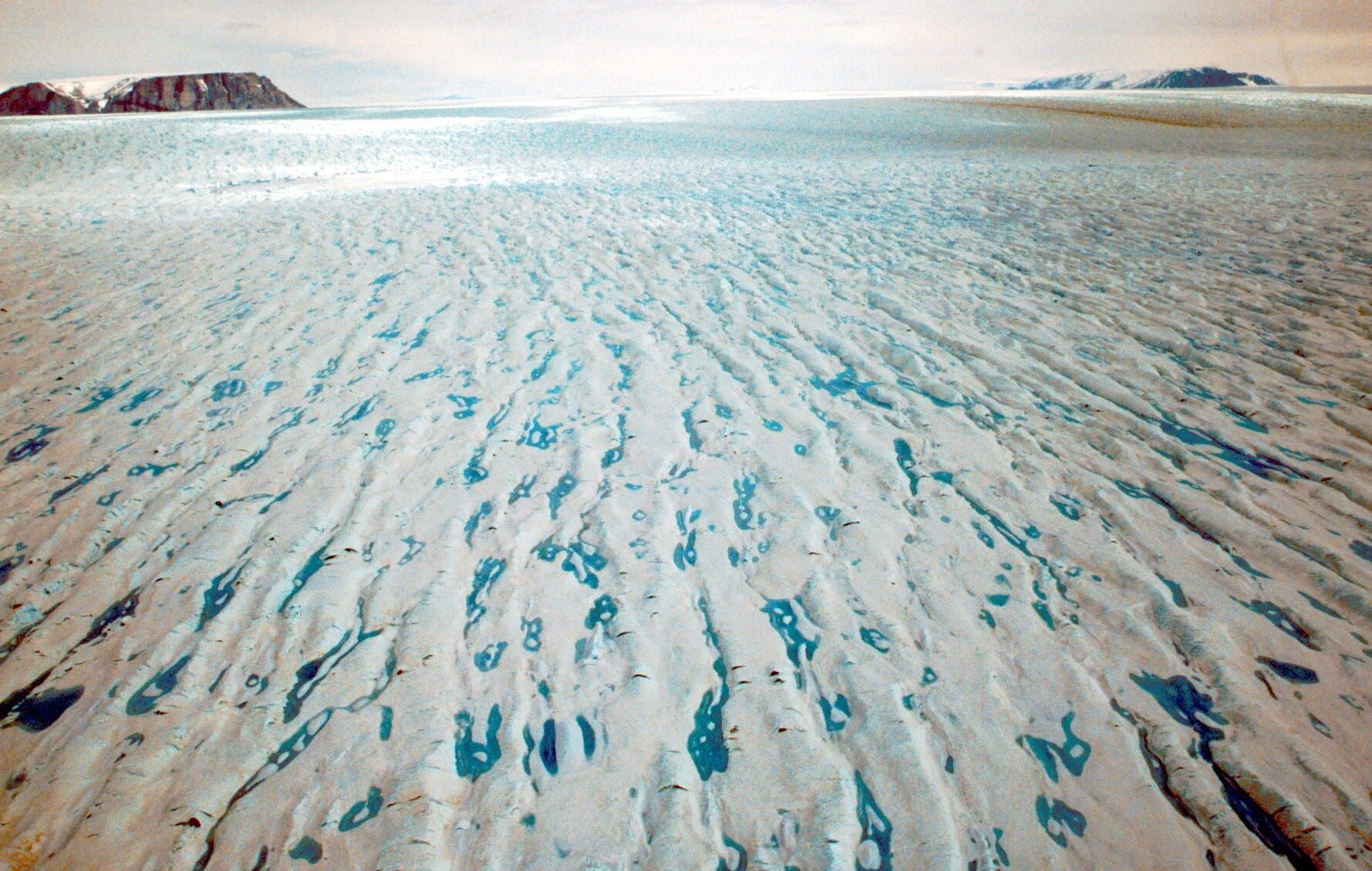The Earth's cryosphere is a fascinating and crucial part of our planet, encompassing all the areas where water is found in its solid form, including snow, ice, glaciers, ice caps, ice sheets, and frozen ground. It's like the planet's big freezer, storing water in its coldest forms. Now, why should we care about this chilly part of the Earth? Well, let me tell you, it's super important for several reasons!
Albedo
First off, the cryosphere acts like a giant mirror. It reflects sunlight back into space, which helps regulate the Earth's temperature. Imagine it as Earth's natural air conditioner. Without it, our planet would be a lot warmer. This reflection process, known as the albedo effect, is crucial in maintaining the balance of the Earth's climate system.
But wait, there's more! The cryosphere is also like a giant history book. Ice cores, which are long cylinders of ice drilled from ice sheets and glaciers, hold records of past climate conditions. Scientists can study these cores to understand how the climate has changed over thousands of years. It's like having a time machine that lets us peek into Earth's climatic past.

Sea Levels
Now, let's talk about sea level rise. When parts of the cryosphere melt, especially ice sheets and glaciers, they add fresh water to the oceans. This contributes to rising sea levels, which can lead to coastal flooding and erosion. It's like when you add too much ice to your drink, and it starts to overflow. Only in this case, it's not just a spilled drink we're worried about; it's entire coastal communities at risk.
The cryosphere also plays a big role in the Earth's water cycle. It stores a huge amount of the Earth's freshwater. When parts of the cryosphere melt during warmer seasons, they release water that contributes to rivers and groundwater. This meltwater is essential for many regions, providing water for drinking, agriculture, and hydroelectric power. It's like a giant water tank that supplies fresh water when we need it.
Climate Change and the Cryosphere
But here's a twist: the cryosphere is changing, and not for the better. Climate change is causing temperatures to rise, leading to more melting of ice and snow. This not only contributes to sea level rise but also affects the albedo effect. As more ice melts, less sunlight is reflected, which can lead to further warming. It's a bit like a vicious cycle.
Studying the cryosphere is super important because it helps us understand these changes and their potential impacts. By monitoring ice and snow, scientists can make predictions about future sea level rise, freshwater availability, and changes in the Earth's climate. It's like having a crystal ball that gives us a glimpse into the future of our planet.



Share:
The Life and Death of Our Star: The Sun
Why is Mars Uninhabitable?